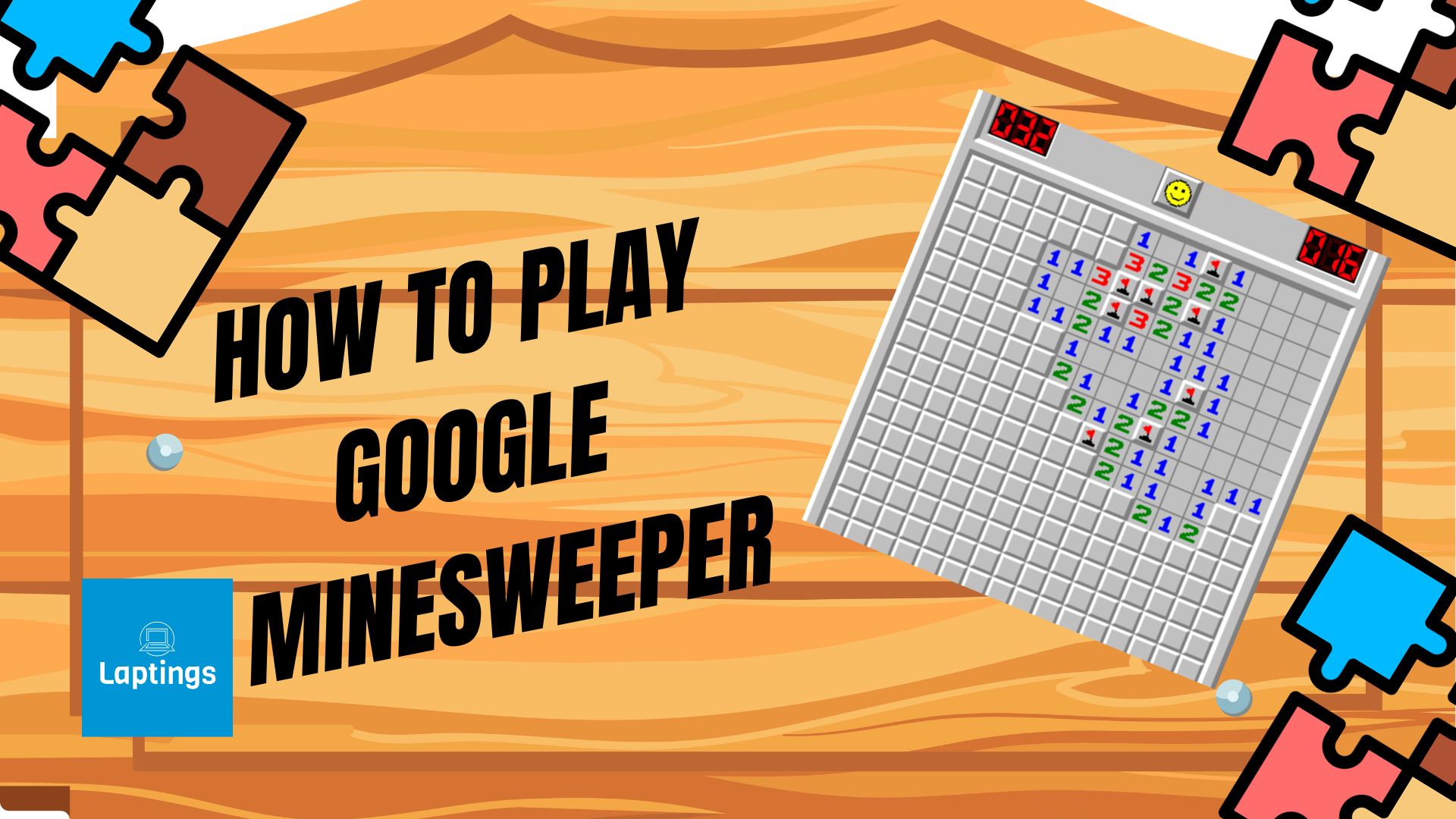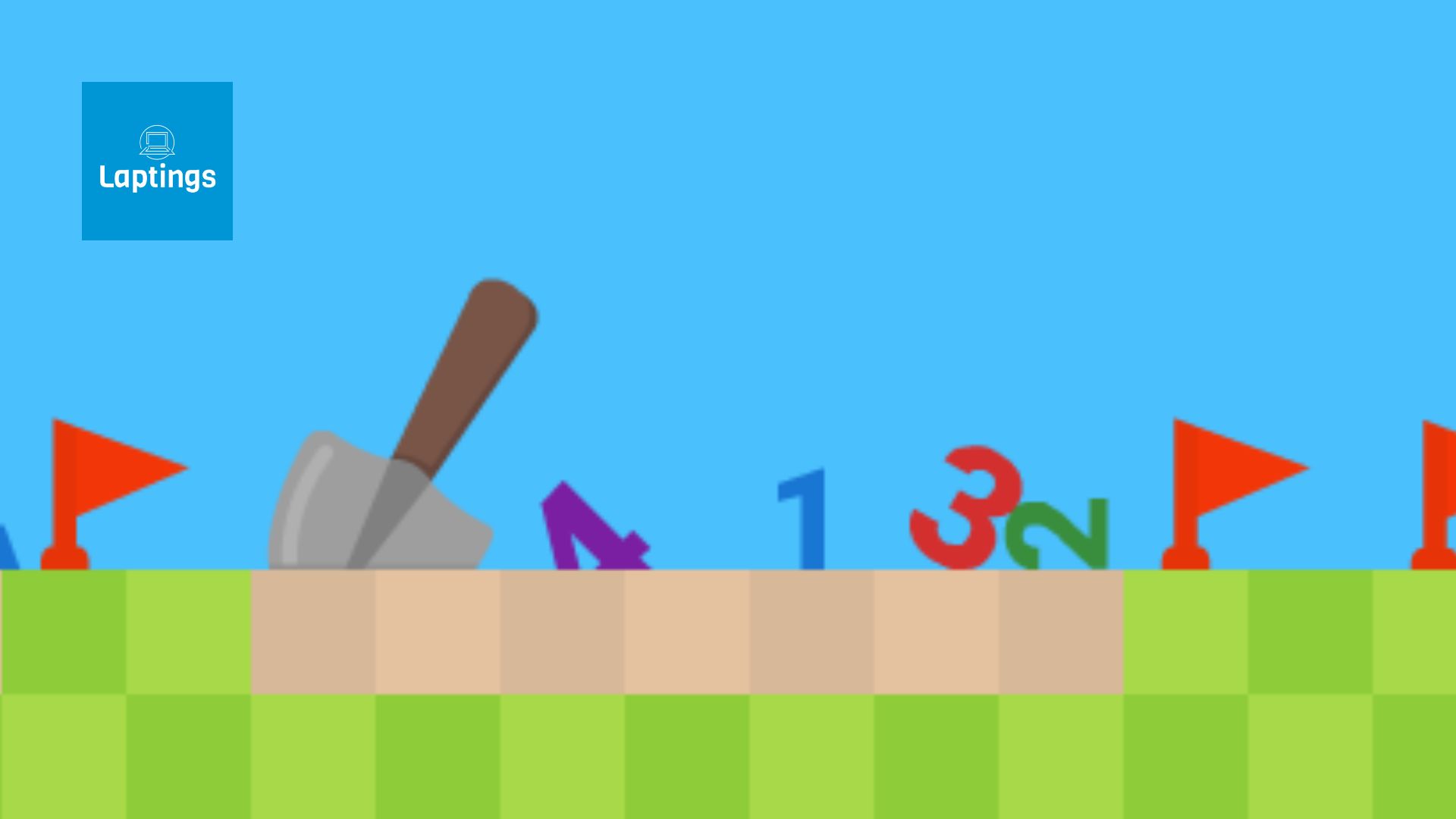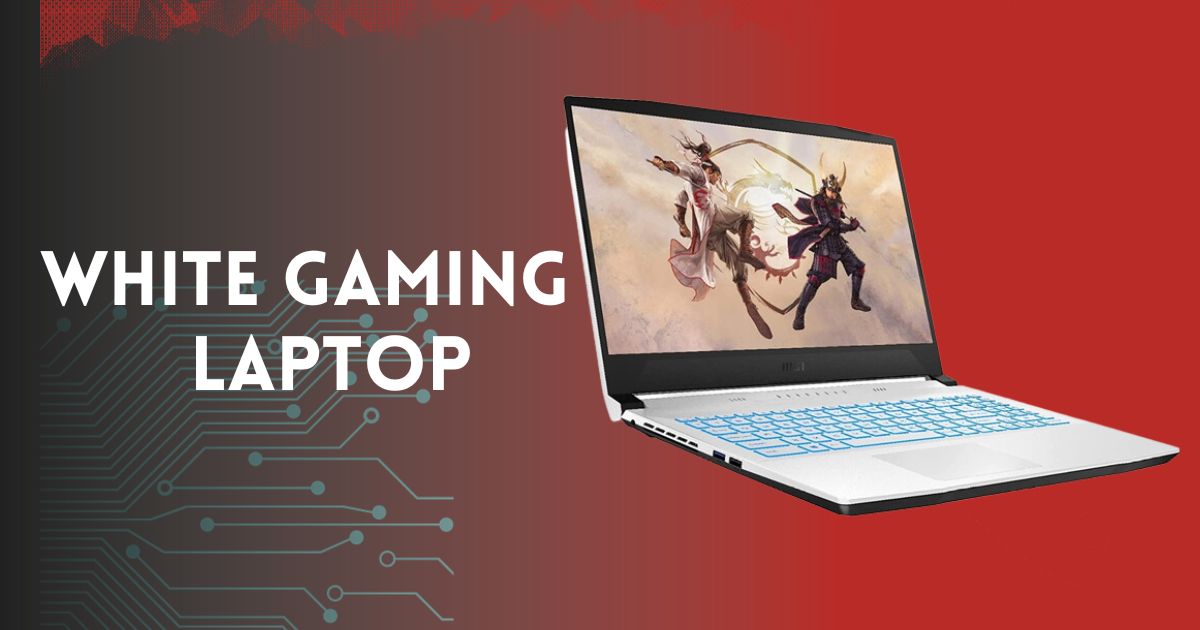For generations, lovers have been entranced by Google Minesweeper, a renowned puzzle game cherished for its uncomplicated rules, demanding gameplay, and the exciting challenge of avoiding concealed mines. Google’s contemporary iteration of this iconic game offers a novel avenue for players to savor this cerebral puzzle.
In the following blog post, we shall explore Google Minesweeper, acquainting ourselves with its historical lineage, mechanics, tactical methodologies, and the societal dynamics that have precipitated its meteoric ascent. Whether you are a neophyte to the Minesweeper realm or a seasoned veteran, your odyssey through this digital labyrinth promises to be an exhilarating one.
Accessing Google Minesweeper
To participate in the festival of Google Minesweeper, follow these steps:
- Navigate to Google and initiate a search for “Minesweeper.”
- In the search results, locate and click on the azure “Play” button.
- Elect from a trio of challenge tiers: Easy, Moderate, or Hard.
- Commence the adventure by selecting any square with a deft mouse click.
Upon the execution of a left-click on a square, it shall be unveiled. Should that particular tile harbor a mine, the game shall culminate abruptly. Conversely, if the square remains unoccupied, an announcement is issued, with the numeric delineations on proximate vacant squares being made manifest.
The number on each square represents the number of mines in the eight adjacent squares. For example, if a square has a number 3 on it, there are three mines in the eight squares immediately around it.
You can also mark a square as a mine by right-clicking on it. That way, you won’t have to worry about accidentally hitting it.
The game aims to click on no mines and uncover all safe squares. The game will finish right now if you activate a mine.
Google Minesweeper Strategies and Tips

- Start with a good opening: Initiate the escapade with a reasonable opening gambit. Focusing on squares devoid of peril is prudent; for instance, targeting the central square or one bordered by no fewer than three contiguous squares, as these locales are less susceptible to conceal mines.
- Pay attention to the numbers: Please adhere to the inscribed numbers as they divulge the mine count adjacent to each square. This intelligence serves as a heuristic for deducing the security of neighboring squares.
- Look for patterns: You can use a handful of regular patterns to your advantage when tackling Minesweeper puzzles. If you find a square with a one next to it and two squares with a two next to it, you can safely assume that the mine is located in one of the latter squares.
- Use logic: Detect recurring patterns in the game, employing these cognitive motifs to your advantage. For instance, a ‘1’ juxtaposed with two ‘2s’ may signify that the mine is nestled amid the latter pair.
- Be bold and guess: Solving a Minesweeper problem requires some strategic planning at times. However, if you have no other option, assume.
Google Minesweeper Variations
Minesweeper, a renowned puzzle game necessitating the safe clearance of an oblong board laden with concealed mines, has witnessed myriad reinterpretations and adaptations.
Here are a few popular Minesweeper variations:
Hex Minesweeper:
Diverging from the conventional rectangular board, Hex Minesweeper is played on a hexagonal tableau. This configuration amplifies the complexity by necessitating consideration of diagonal squares and their adjacency when delineating mine locations.
Torus Minesweeper:
The Torus Minesweeper cloaks the board in an enigmatic, seamless torus shape, with edges wrapping around. This metamorphosis renders mine location tracking considerably more intricate, as mines can now manifest on the antipodal side of the board.
MultiSweeper:
In MultiSweeper, unlike in regular Minesweeper, you can sweep numerous squares at once. The increased danger of accidentally setting off a mine creates a more exciting and fast-paced game.
Nonosweeper:
The Japanese puzzle game Nonograms inspired the creation of Nonosweeper, a mashup of Minesweeper and Nonograms. In Nonosweeper, the amount of mines in a square indicates how many squares to the left and right it has.
That represents merely a sampling of the numerous incarnations of Minesweeper. An extensive array of variations exists, ensuring a diverse selection catering to individual preferences.
Social Aspect of Google Minesweeper
The communal facet of Google Minesweeper is the interplay among players during gameplay. It encompasses exchanging strategies, rivalry for top scores, and collaborative efforts to avert mines.
Google Minesweeper introduces features designed to augment social interaction among players. Participants can exhibit their boards and inspect those of fellow players. They can exchange insights for tackling intricate boards, learn from one another, and join forces to surmount challenges.
Playing Google Minesweeper is more fun and exciting thanks to the game’s integrated social features.
Leaderboards:
In Google Minesweeper, high scores and times are recorded and shown on online leaderboards. As a result, gamers can compete with one another and push themselves to develop their abilities.
Achievements:
Google Minesweeper incorporates an array of achievements that unlock, earning players prestigious trophies. These accomplishments serve as incentives for continued character development and expertise.
Challenges:
Regular injections of fresh missions infuse excitement into the game. These challenges can span varying degrees of difficulty or adhere to specific thematic narratives, providing gamers with a novel gameplay experience.
Social sharing:
Players of Google Minesweeper can extol their accomplishments to their digital circles, sharing high scores and triumphs. That enables players to showcase their aptitude and stimulate friendly competitions based on scores.
Evolution of Google Minesweeper
The revelation of Google Minesweeper transpired incognito as a clandestine Google Doodle on May 20, 2012. It swiftly emerged as one of the most engaging diversions within the realm of Google Doodle.
In 2013, Google Minesweeper metamorphosed into a standalone desktop and mobile application. This autonomous release introduced a host of enhancements:
- Multiple difficulty levels
- A variety of game modes, including custom games and challenges
- A leaderboard so players could compare their scores
- The ability to save and resume games
Google Minesweeper has been updated regularly since its release, with new features and bug fixes constantly added. In recent years, Google has also added some accessibility features to the game, making it more playable for people with disabilities.
Today, Google Minesweeper remains a cherished pastime, captivating a diverse demographic spanning multiple generations across the globe. It is an accessible yet challenging pursuit that is effortlessly embraced but arduous to master.
Conclusion
In summation, Google Minesweeper epitomizes a masterful reimagining of a quintessential puzzle game that marries nostalgia with contemporary digital accessibility. This rendition deftly retains the intrinsic allure of its precursor, promising hours of engaging gameplay for users.
Enhanced by its integration into the Google platform, Google Minesweeper furnishes an ideal avenue for those pursuing swift cerebral stimulation. Whether you are a seasoned fan or a fledgling enthusiast, Google Minesweeper promises an alluring and intellectually stimulating pursuit. So, without delay, embark on this quest to unearth treasures concealed within the enigmatic labyrinth of this timeless puzzle game.


